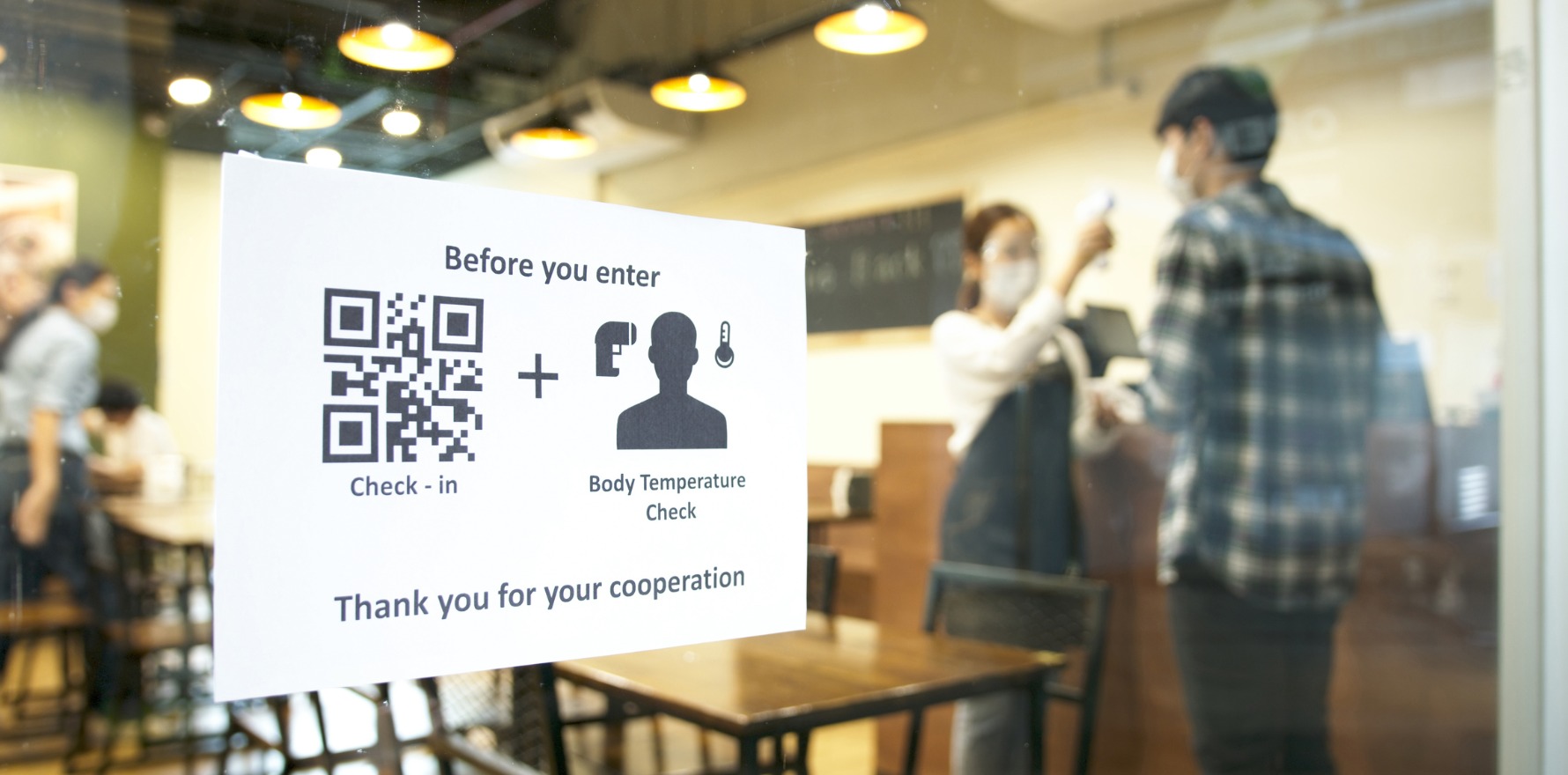Temperature guns have limited evidence for detecting COVID-19, but may have other benefits, particularly for GP clinics.
Non-contact skin thermometers are being pointed at foreheads across the country – from cricket crowds to clinics – but their value continues to be questioned.
One public health expert recently warned they could lead to false reassurance or panic by giving incorrect readings, and the Therapeutic Goods Administration has reportedly received close to 50 complaints about infrared devices since March 2020, mostly relating to device accuracy. The TGA is investigating a number of those complaints.
However, experts tell TMR that despite limited evidence of success in detecting COVID-19 cases, they still have advantages in general practice.
Medically trained epidemiologist Dr Abrar Chughtai says non-contact devices are preferable during outbreaks because oral or skin thermometers may increase the risk of infections spreading.
“Although there is limited data, I think effectiveness of temperature guns in COVID-19 screening may be low to moderate in general practices,” says Dr Chughtai, who is a lecturer in public health and community medicine at UNSW.
“We can use them to screen for COVID-19 cases with fever, but we can’t rely on them as many COVID-19 cases are asymptomatic and some are without fever. The patients may take antipyretics as well which will mask fever, and skin temperature may be influenced by environmental temperature as well.
“They may be used as one part of the assessment to determine if a person has fever and then those can be investigated further.”
In a December 2020 perspective piece, two American professors of medicine noted many human, environmental and equipment variables can affect the accuracy and reproducibility of noncontact infrared thermometer readings – calling current mass screening programs using the devices “ineffective”.
A retrospective analysis of almost 7,000 patients who presented to two emergency departments in the US found roughly a quarter of those who tested positive for COVID-19 did not have fever (?38.0°C) at presentation.
The authors concluded using temperature only to screen for COVID-19 in the community will miss most active cases.
Dr Chughtai also emphasised that if they are used, it should be alongside verbal screening (including history of COVID-19 symptoms, and travel and contact history), mask wearing, and ensuring hand hygiene liquids are available.
The devices could be used if resources and training allowed, but should not be mandatory, he said.
UNSW-based epidemiologist Professor Marylouise McLaws added the devices are likely to be more useful in GP clinics than public events because people often go to clinics when they are unwell.
“You’ve got more chance of finding somebody with a symptom, certainly temperature and sore throat … so you’re more likely to find it at a GP clinic or in a hospital than anywhere else,” said Professor McLaws, who is also a member of the NSW Clinical Excellence Commission COVID Infection Prevention and Control taskforce.
“Apart from screening for COVID-19, there are many other things that are infectious where you’ve got a temperature increase, so it has advantages for the other patients sitting in the waiting room.”
The non-contact devices can also provide indirect benefits at public events, Professor McLaws said.
“I think it’s public health theatre for things like sporting events and will probably only ever pick up that unusual person who’s just become symptomatic and ignored their symptoms and chosen to go to a public place.
“But when I use that term public health theatre, I’m not being disrespectful because it sends a message to the public that we are taking this seriously and we’d like you to do your bit as well: don’t come here if you’ve got symptoms of any sort, wear a mask, and keep your social distancing.
“So it does send a message to those having their temperature checked.”
Professor McClaws does not think they will give false reassurance to the public.
“In Australia we’re constantly reminded of physical distancing, mask wearing, and hand hygiene.
“This isn’t telling people they don’t have to do any of those things – it’s basically saying we’re letting you in if your temperature hasn’t increased, but that doesn’t mean you’re not at risk of spreading it to others.
“I don’t think Australians are that naive to think ‘I’ve passed a temperature check, therefore I’m in the clear’. I think they understand it’s more complex than that, and if they don’t it’s our job to remind them.”
The RACGP did not respond to TMR’s question of whether it has a position on general practices using non-contact temperature measuring devices as part of COVID-19 screening.
But a spokesperson emphasised that any temperature measuring product used for screening potentially febrile individuals in clinics meets the legal definition of medical device and must comply with regulatory requirements governed by the TGA.
“Individual practices will decide what temperature measuring products they use for patient screening during the COVID-19 pandemic, depending on what works best for them,” they said.




